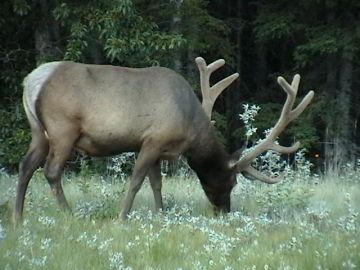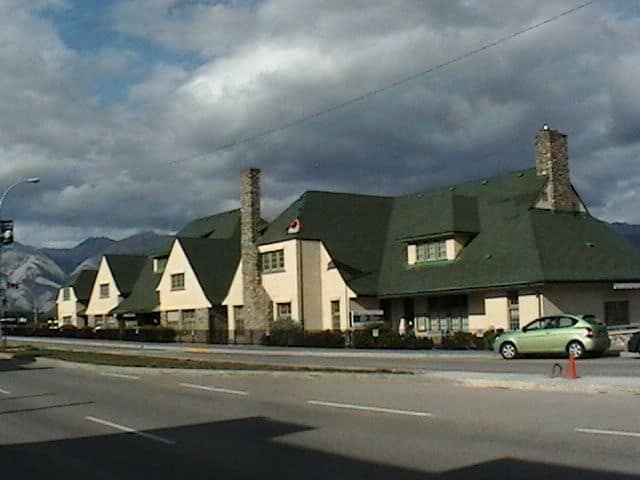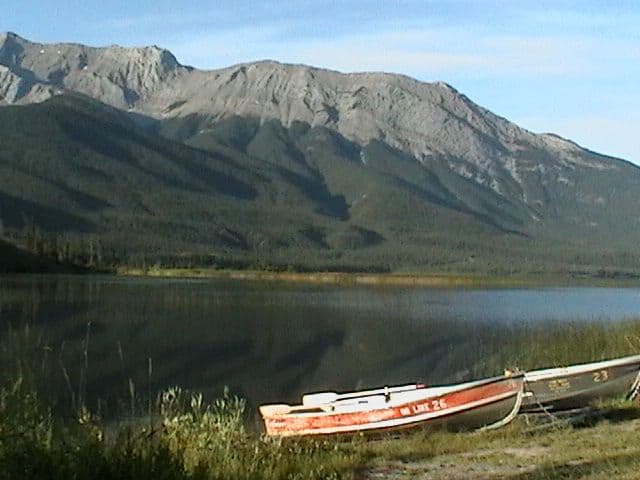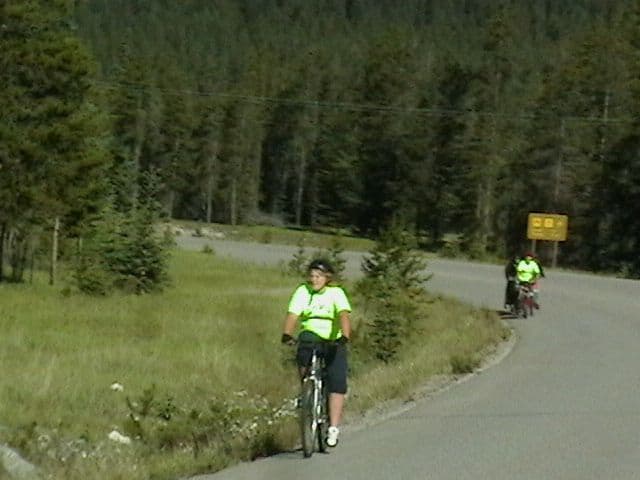Jasper National Park

Park Size: 11,228 square kilometres
Park Amenities:
Jasper National Park was first established in 1907 and is currently the largest park in the Rocky Mountains of Canada. Today, the park measures over 11,228 square kilometres (4,335 square miles) and is recognized as a UNESCO World Heritage Site. There are opportunities to explore and view glaciers, icefields, wildflower meadows, summit peaks, hot springs, wildlife, caves, waterfalls, historic sites, canyons, alpine lakes and rivers.
The year round park attracts many to the Alberta region every year for the scenery, relaxation and/or adventure. Jasper National Park activities include golfing, hiking, kayaking, canoeing, backpacking, boating, birdwatching, rock climbing, horseback riding, fishing, mountain biking, cycling, rafting, camping, cross country skiing, downhill skiing, snowboarding, snowmobiling, snowshoeing, ice climbing, ice fishing and more!
Prior to becoming a park the region was home to Jasper House on the shores of Brule Lake starting in the 1820's. The house acted as a fur trading post for trappers, voyageurs and First Nation people living and passing through the Rocky Mountain wilderness region. The region has progressed since then. Today, Jasper, National Park along with the the Yoho, Kootenay and Banff National Parks - as well as - the Mount Robson. Hamber and Assiniboine Provincial Parks create the Canadian Rocky Mountain Parks World Heritage Site.
The townsite of Jasper, Alberta, Canada in the Jasper National Park is the only village located within the park boundaries. The village rests on the banks of the Athabasca and Miette Rivers The town is home to many services important to travelers when exploring and visiting in the park including accommodations, tours, guides, gas stations, grocery stores, equipment rentals, gift stores, museums, internet, banks, restaurants, coffee shops. post office, parks office and more. There are many tour groups and guiding companies operating in Jasper providing summer and winter adventures.
The Icefields Parkway (Hwy #93) and the Yellowhead Highway (Hwy #16) are the two main transportation routes when traveling in the park. However... to stop and enjoy quality time in the region requires a park pass which is available from the park rangers positioned at any of the toll booths when entering the park or from the park office in Jasper, Alberta, Canada.
Jasper National Park enjoys over 1200+ kilometres of recreation trails connecting to hundreds of lakes, rivers, creeks and streams. There are viewpoints, picnic sites, serviced campgrounds and wilderness campsites scattered throughout the park.
Explore Jasper National Park in the Rocky Mountains, Alberta, Canada
Address:
How To Get ToJasper National Park
:The east entrance to Jasper National Park is through the community of Hinton, Alberta located on the Yellowhead Highway (Hwy #16). From Hinton travel west into the park and then to the community of Jasper, Alberta.
From British Columbia: From Prince George, British Columbia travel Highway #16 (Yellowhead Highway) east through Mount Robson Provincial Park before entering the Jasper National Park and then connecting with the community of Jasper.



